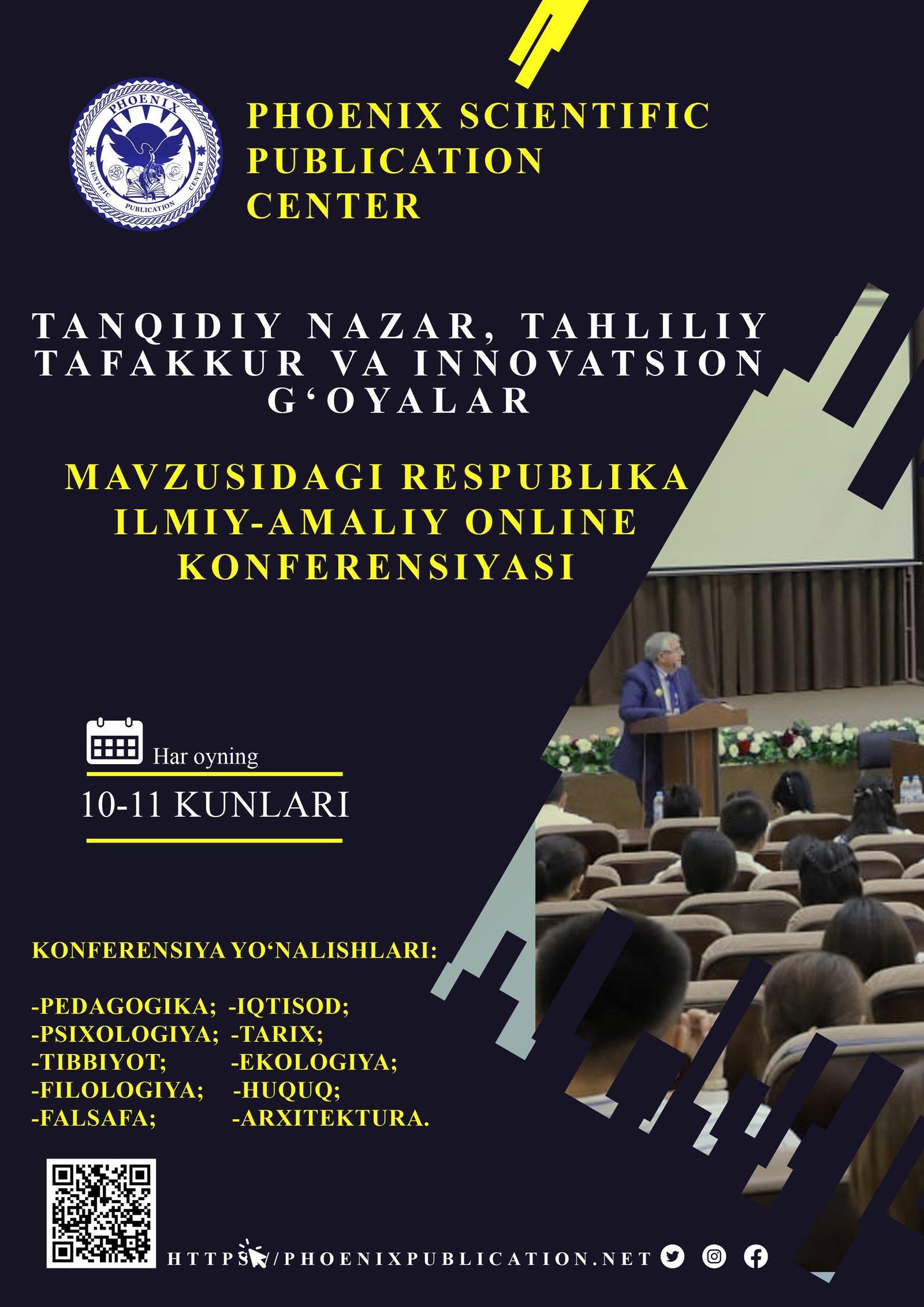Abstract
Phrasal verbs are a cornerstone of English communication, frequently encountered in both everyday scenarios and formal academic writing. Despite their prevalence, these multiword expressions pose significant challenges to non-native learners due to their idiomatic meanings, structural variability, and context-dependent nuances. This article explores the linguistic phenomena underlying phrasal verbs—from their semantic ambiguity to the syntactic complexity inherent in separable and inseparable forms—and examines the effects of register variation on usage. Drawing on both theoretical frameworks and empirical research, it proposes a range of strategies designed to facilitate mastery. These strategies include thematic grouping, contextual exposure, the use of visual mnemonics, and interactive practice, all aimed at enhancing retention and practical usage. The insights presented here not only shed light on why phrasal verbs are challenging but also provide actionable guidance for educators and learners striving to achieve fluency in English.
References
1. Bybee, J. (2010). Language, Usage, and Cognition. Cambridge University Press.
2. Goldberg, A. E. (2006). Constructions at Work: The Nature of Generalization in Language. Oxford University Press.
3. Levin, B. (1993). English Verb Classes and Alternations: A Preliminary Investigation. Oxford University Press.
4. Pinker, S. (1994). The Language Instinct. William Morrow and Company.
5. Tomasello, M. (2003). Constructing a Language: A Usage-Based Theory of Language Acquisition. Harvard University Press.
